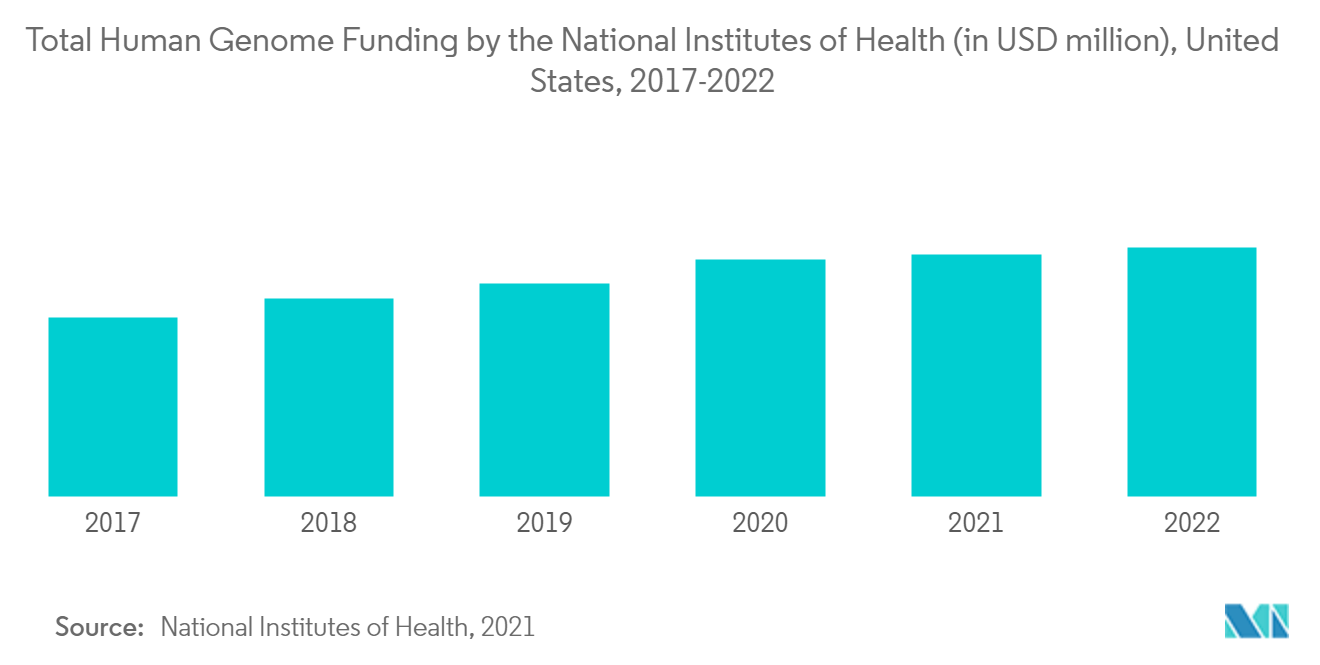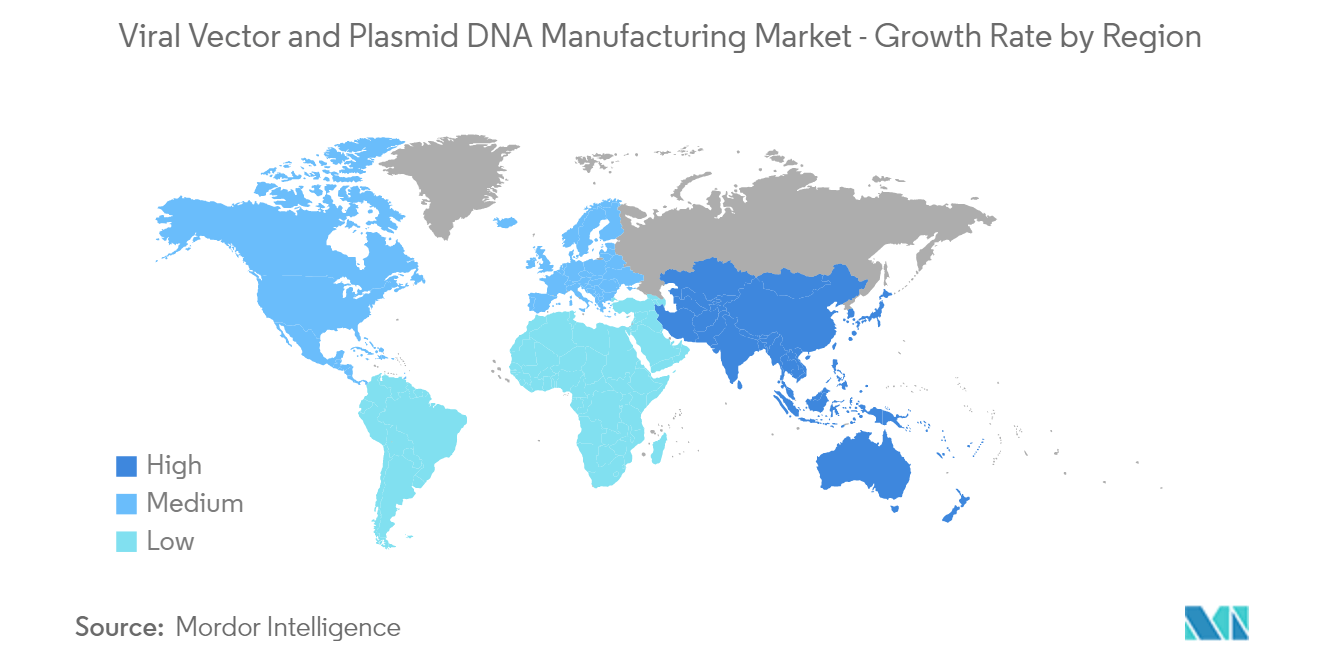Market Trends of Global Viral Vector and Plasmid DNA Manufacturing Industry
This section covers the major market trends shaping the Viral Vector & Plasmid DNorth America Manufacturing Market according to our research experts:
By Application, Cancer Segment is Expected to Register Robust Growth.
The upsurge in the global incidence of cancer and modern healthcare facilities are acting as major drivers for the segment growth. According to GLOBOCAN 2020, there were 1,92,92,789 new cancer cases in 2020, and it is projected to increase to 2,88,87,940 cases by 2040.. Additionally, there are also many gene therapy strategies that have been developed to treat a wide range of cancers, including suicide gene therapy, oncolytic virotherapy, anti-angiogenesis, and therapeutic gene vaccines.
According to a 2019 research article 'Chemovirotherapeutic Treatment Using Camptothecin Enhances Oncolytic Measles Virus-Mediated Killing of Breast Cancer Cells', oncolytic virotherapy represents an emerging development in anticancer therapy. Although it has been tested against a variety of cancers, including breast cancer, the efficacy of oncolytic viral vectors delivered as monotherapy is limited. Oncolytic virotherapy is a promising treatment that selectively targets and destroys cancer tissues with minimal damage to normal cells.
Currently, there are numerous Phase I and Phase II clinical trials related to viral vectors for the treatment of various types of cancers, such as brain, skin, liver, colon, breast, and kidney, among others, which are being conducted in academic centers and biotechnology companies.
Moreover, gene therapy based on viral vectors has established steady progress in the area of cancers recently. There is a mass of viral vectors that have been engineered for both preventive and therapeutic applications. Market players are also adopting various market strategies in developing novel products.

North America Dominated the Market in Terms of Revenue Generated
Currently, the North American viral vector and plasmid DNA manufacturing market is witnessing rapid growth. Companies in the region are innovating new product approaches for viral vectors. For example, in April 2018, United States-based GE Healthcare created a 'factory-in-a-box' facility to produce viral vector-based drugs, including viral vector vaccines, oncolytic viruses, and gene and cell therapies. Many companies are also increasing their production facilities. For example, in January 2020, Genopis Inc. announced to build a contract manufacturing business for plasmid DNA production in the United States with its South Korea-based partner Helixmith. In January 2021, United States-headquartered Cobra Biologics, the gene therapy division of the Cognate BioServices Group, announced that it had begun a multi-phase increase in its plasmid DNA services as a continuation of its gene therapy services' expansion project for viral vectors and plasmid DNA.
Gene therapy in Canada is also rising rapidly. It is used for the treatment of various diseases. For instance, Kymriah was the first gene therapy product approved in Canada in September 2018 for treating cancer. Health Canada approved Novartis Kymriah for pediatric, young adult, and adult patients.
In February 2019, Health Canada also approved another gene therapy product called Yescarta, manufactured by Kite Pharmaceuticals for an aggressive kind of non-Hodgkins lymphoma. Viral vector design and manufacturing control are critically important for the overall product quality, safety, and efficiency in patients through concerns such as replication competence, vector integration, and vector shedding. There are significant advancements in developing novel viral vectors, and several researchers are focusing on substituting pathogenic genes with therapeutic DNA. Nowadays, non-pathogenic, replication-defective, and human-friendly viral vectors are being widely used in clinical trials for gene therapy. As more research is expected to be conducted on viral vectors and plasmid DNA, these developments may positively impact market growth.


